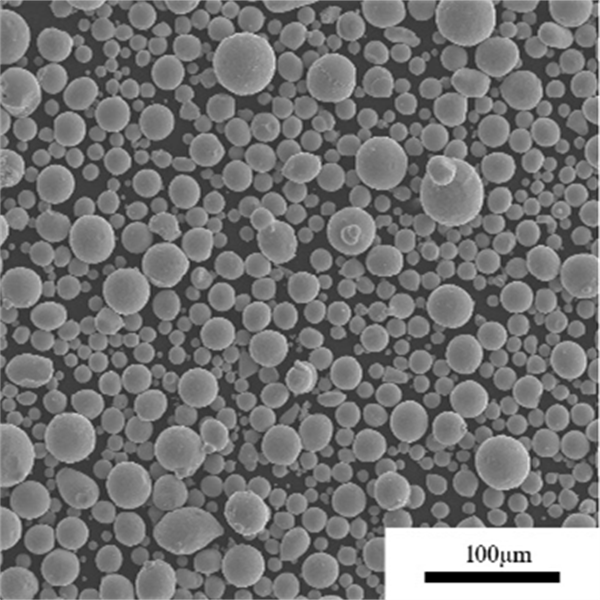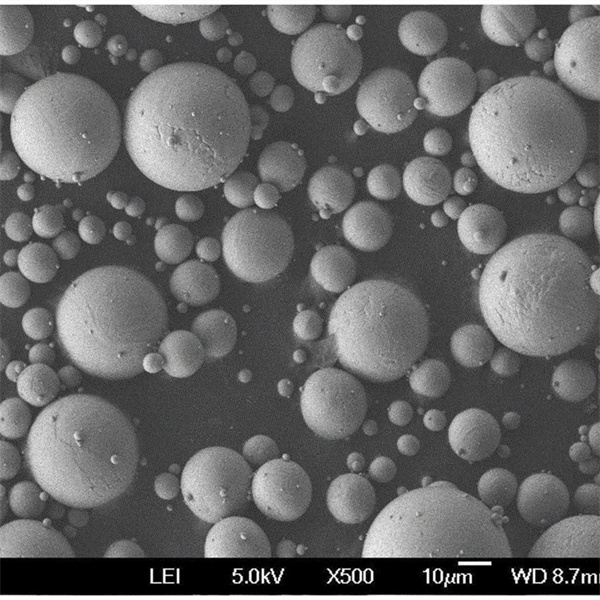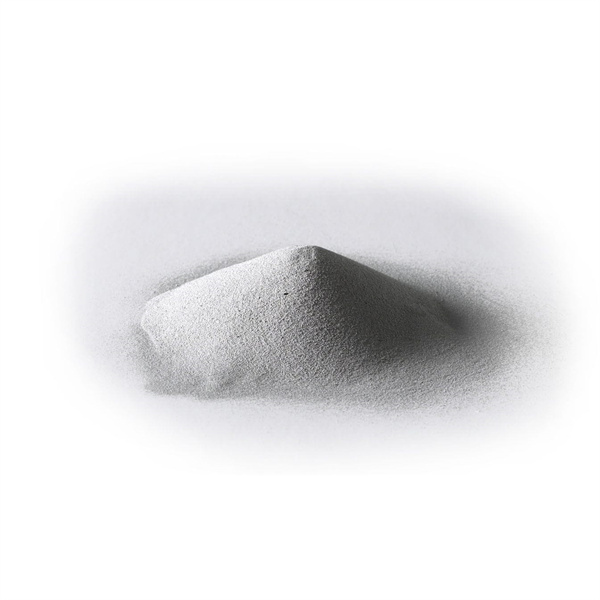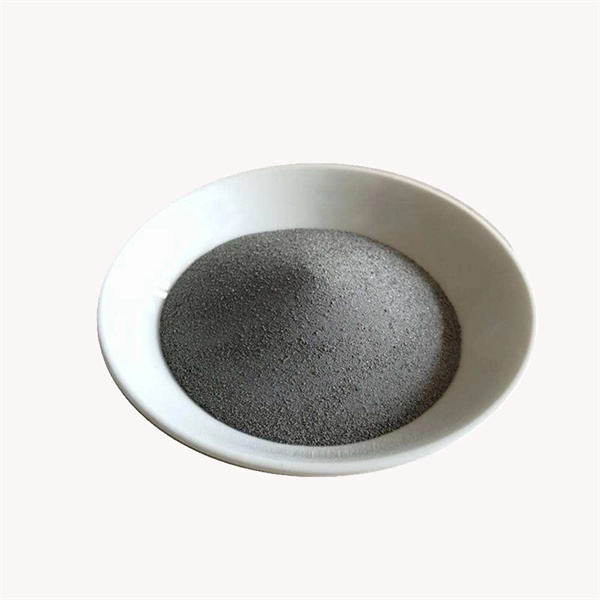Best Stainless Steel 316L Powder for 3D Printing
Stainless steel 316L powder is a versatile and widely used material in various industries. Its unique properties make it suitable for applications ranging from 3D printing to biomedical implants. In this article, we will explore the characteristics, uses, manufacturing process, and advantages of stainless steel 316L powder.
Low MOQ
Provide low minimum order quantity to meet different needs.
OEM & ODM
Provide customized products and design services to meet unique customer needs.
Adequate Stock
Ensure fast order processing and provide reliable and efficient service.
Customer Satisfaction
Provide high quality products with customer satisfaction at the core.
share this product
Table of Contents
Overview of Stainless Steel 316L Powder
316L stainless steel belongs to the austenitic class of stainless steels. The addition of 2-3% molybdenum along with nickel and chromium imparts excellent pitting and crevice corrosion resistance in harsh environments. The ‘L’ denotes lower carbon content to avoid carbide precipitation during welding.
Key characteristics of 316L powder include:
- Excellent corrosion resistance in harsh environments
- High oxidation and sulfidation resistance at elevated temperatures
- Very good weldability and formability
- Non-magnetic austenitic structure
- Available in range of particle size distributions
316L powder is suitable for applications requiring excellent corrosion resistance like chemical processing, pharmaceutical, food and beverage, marine equipment and biomedical implants. This article provides a detailed overview of 316L powder.
Chemical Composition of 316L Powder
The typical composition of 316L powder is:
| Element | Weight % |
|---|---|
| Iron (Fe) | Balance |
| Chromium (Cr) | 16-18% |
| Nickel (Ni) | 10-14% |
| Molybdenum (Mo) | 2-3% |
| Manganese (Mn) | ≤ 2% |
| Silicon (Si) | ≤ 1% |
| Carbon (C) | ≤ 0.03% |
| Phosphorus (P) | ≤ 0.045% |
| Sulfur (S) | ≤ 0.03% |
Nickel enhances corrosion resistance while molybdenum addition improves resistance to pitting and crevice corrosion in environments containing chlorides. Low carbon content avoids carbide precipitation during welding.

Properties of 316L Powder
316L powder possesses the following properties:
| Property | Value |
|---|---|
| Density | 7.9-8.1 g/cm3 |
| Melting Point | 1370-1400°C |
| Thermal Conductivity | 16 W/mK |
| Electrical Resistivity | 0.75 μΩ.cm |
| Young’s Modulus | 190-210 GPa |
| Poisson’s Ratio | 0.27-0.30 |
| Tensile Strength | 485-620 MPa |
| Yield Strength | 170-310 MPa |
| Elongation | 40-50% |
| Hardness | 79-95 HRB |
316L offers excellent corrosion resistance combined with good formability and weldability. The austenitic structure provides good toughness and ductility.
Production Method for 316L Powder
Common production methods for 316L powder include:
- Gas Atomization – Inert gas jets disintegrate molten 316L alloy stream into fine spherical powders with controlled size distribution.
- Water Atomization – High pressure water jet impacts and disintegrates molten metal to produce fine irregular powder particles.
- Mechanical Alloying – Ball milling of blended elemental powders followed by sintering and secondary atomization.
Gas atomization allows excellent control over particle characteristics like size, shape, oxygen pickup and microstructure.
Applications of 316L Powder
Typical applications of 316L powder include:
- Additive Manufacturing – Powder bed fusion, binder jetting processes use 316L powder for chemical, marine, biomedical parts.
- Metal Injection Molding – To manufacture small, complex components needing corrosion resistance.
- Thermal Spray Coatings – Wire arc spray deposition to produce protective coatings in harsh environments.
- Welding Consumables – Used as filler material for joining 316L components providing excellent weld strength.
- Chemical Processing – Powder metallurgy vessels, trays, baskets used in chemical and pharmaceutical industries.
Specifications of 316L Powder
316L powder is available under different size ranges, shapes and purity levels:
- Particle Size: From 10-45 μm for AM methods, up to 150 μm for thermal spray processes.
- Morphology: Spherical, irregular and blended particle shapes. Smooth spherical powder provides optimal flow.
- Purity: From commercial to high purity (99.9%) tailored to application requirements.
- Oxygen Content: Levels maintained at 100-1000 ppm for most applications.
- Flow Rate: Powder customized for flow rates above 25 s/50 g.
Global Suppliers of 316L Powder
Some of the major global suppliers of 316L powder include:
- Sandvik Osprey (UK)
- Hoganas (Sweden)
- Carpenter Powder Products (USA)
- Praxair (USA)
- Oerlikon Metco (Switzerland)
- LPW Technology (UK)
These companies produce various grades of 316L powder tailored for additive manufacturing, thermal spray, metal injection molding and other applications.
Pricing of 316L Powder
316L powder prices depend on factors like:
- Purity levels
- Particle characteristics
- Order quantity
- Additional processing
- Manufacturer and geographical location
| Grade | Price Range |
|---|---|
| Commercial | $15-25 per kg |
| High purity | $25-50 per kg |
| Ultrafine | $50-120 per kg |
| Special grade | $120-250 per kg |
Gas atomized, controlled particle size, high purity powders command much higher pricing over regular commercial grade 316L powder.
Storage and Handling of 316L Powder
316L powder should be handled with care to:
- Prevent contact with moisture, acids etc. leading to corrosion
- Avoid fine powder accumulation to minimize risk of dust explosions
- Use proper ventilation, PPE when handling fine powders
- Follow recommended practices from supplier SDS
- Store sealed containers in a dry, inert atmosphere
Proper protective measures must be taken when handling reactive alloy powders like 316L.
Inspection and Testing of 316L Powder
Key quality control tests performed on 316L powder:
- Chemical analysis using OES or XRF to ensure composition is within specified limits
- Particle size distribution as per ASTM B822 standard
- Morphology analysis through SEM imaging
- Powder flow rate measured as per ASTM B213 standard
- Density determination by helium pycnometry
- Impurity testing by ICP-MS
- Microstructure characterization by X-ray diffraction
Thorough testing ensures the powder meets the required chemical, physical and microstructural characteristics for the intended application.
Comparison Between 316L and 304L Stainless Steel Powders
316L and 304L stainless steel powders compared:
| Parameter | 316L | 304L |
|---|---|---|
| Composition | Fe-Cr-Ni-Mo | Fe-Cr-Ni |
| Corrosion resistance | Much better | Good |
| Cost | Higher | Lower |
| Temperature resistance | Better | Good |
| Weldability | Excellent | Excellent |
| Availability | Moderate | Excellent |
| Applications | Marine, chemical industry | Consumer products, appliances |
316L offers substantially better corrosion resistance whereas 304L is more economical for less demanding applications.
316L Powder FAQs
Q: How is 316L stainless steel powder produced?
A: 316L powder is commercially produced using gas atomization, water atomization and mechanical alloying followed by sintering. Gas atomization offers the best control of powder characteristics.
Q: What are the main applications of 316L powder?
A: Key applications for 316L powder include additive manufacturing, metal injection molding, thermal spray coatings, and powder metallurgy parts for chemical, marine, pharmaceutical and food industries needing excellent corrosion resistance.
Q: What is the recommended 316L powder size for binder jetting AM?
A: For binder jetting process, the typical 316L powder size range is 20-45 microns with spherical morphology for optimal powder bed density and binder infiltration.
Q: Does 316L powder require special handling precautions?
A: Yes, 316L is a reactive alloy powder and should be handled carefully under controlled humidity and inert atmosphere using proper grounding, ventilation and PPE.
Q: Where can I buy 316L powder suitable for biomedical implants?
A: High purity, gas atomized 316L powder meeting biomedical specifications can be purchased from leading manufacturers like Sandvik Osprey, Hoganas, Carpenter Powder Products and LPW Technology.
About Met3DP
Product Category
HOT SALE
CONTACT US
Any questions? Send us message now! We’ll serve your request with a whole team after receiving your message.








